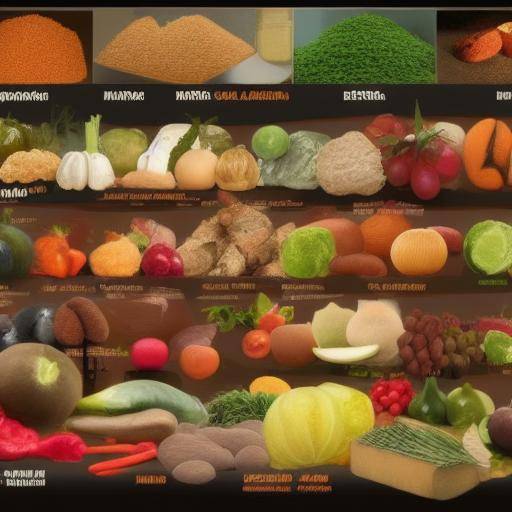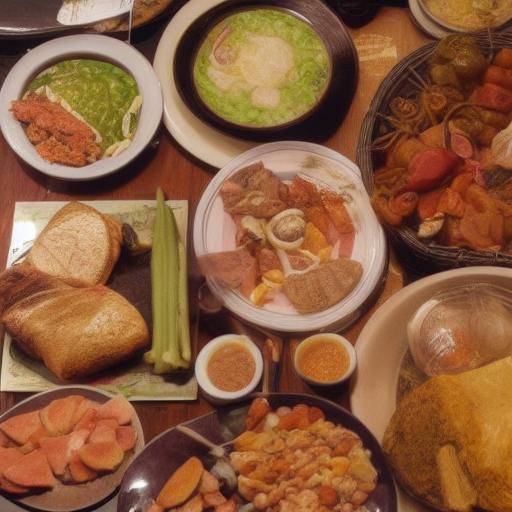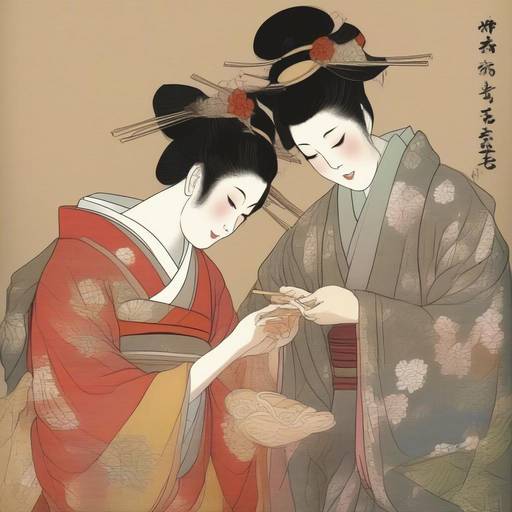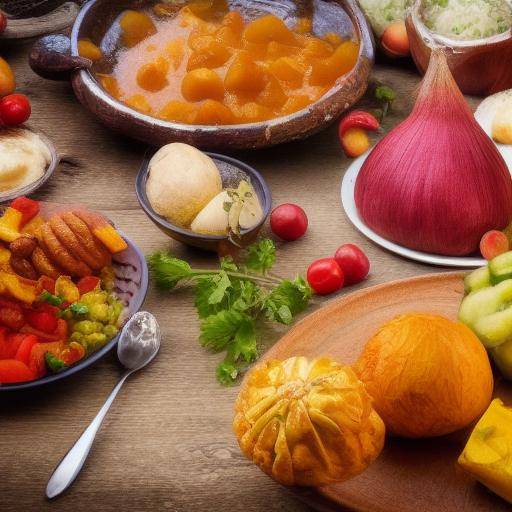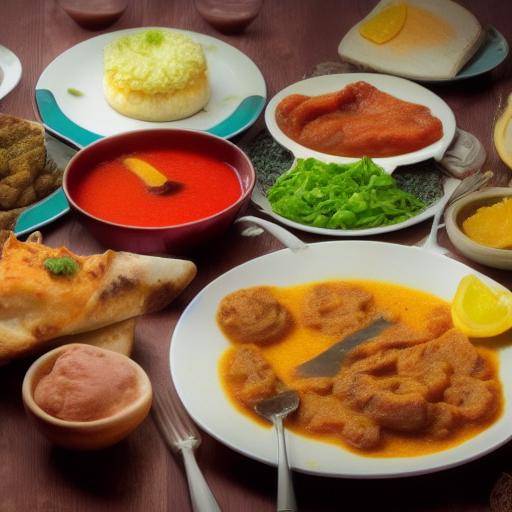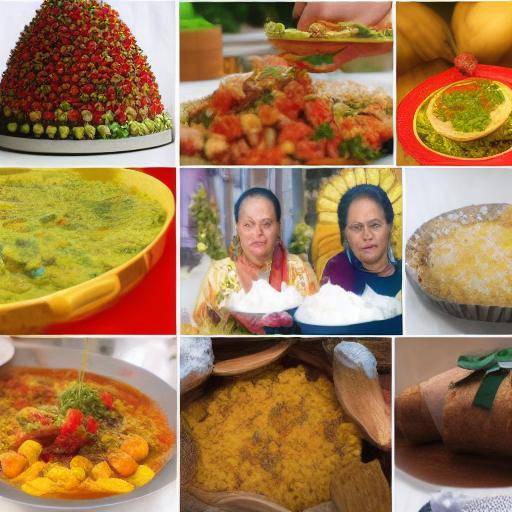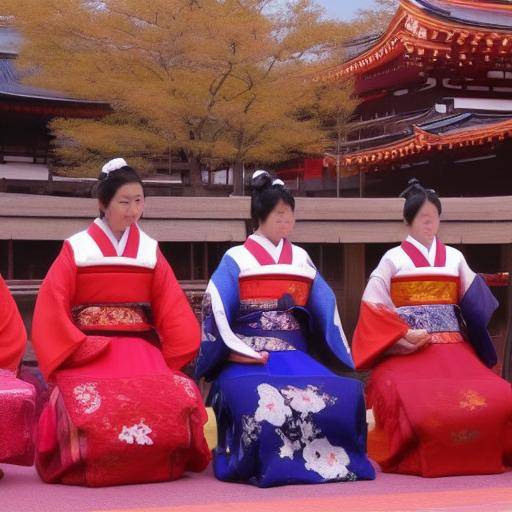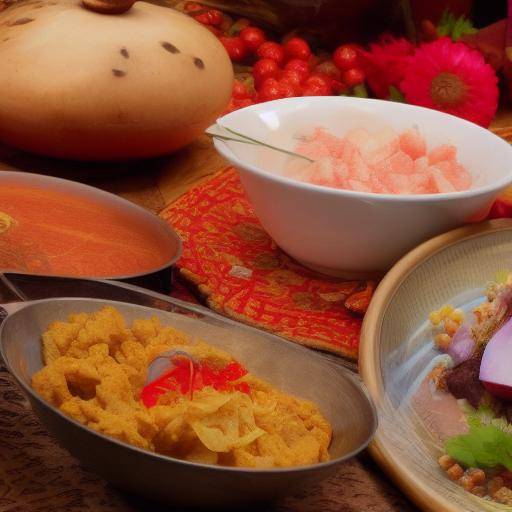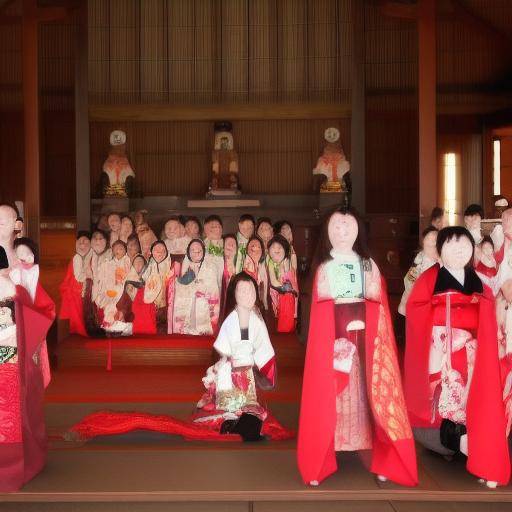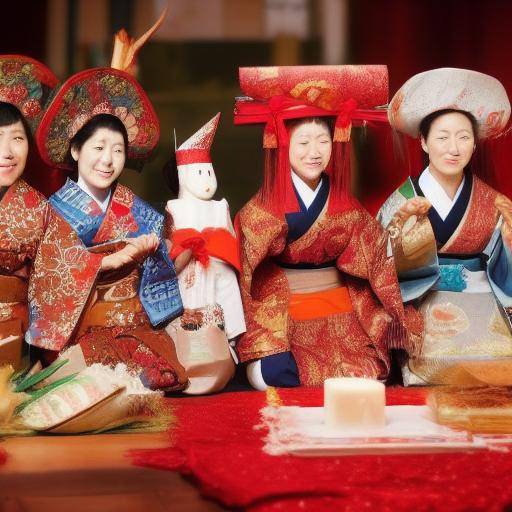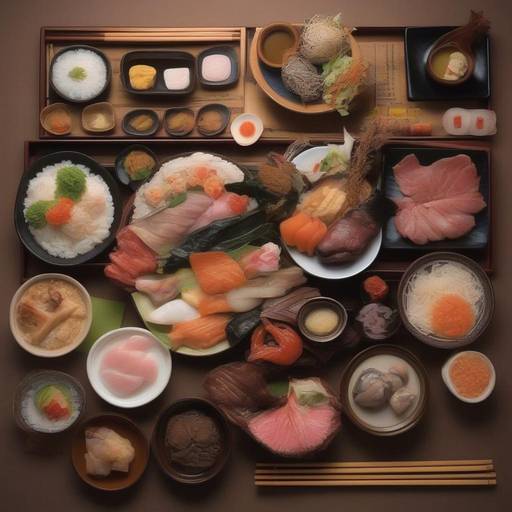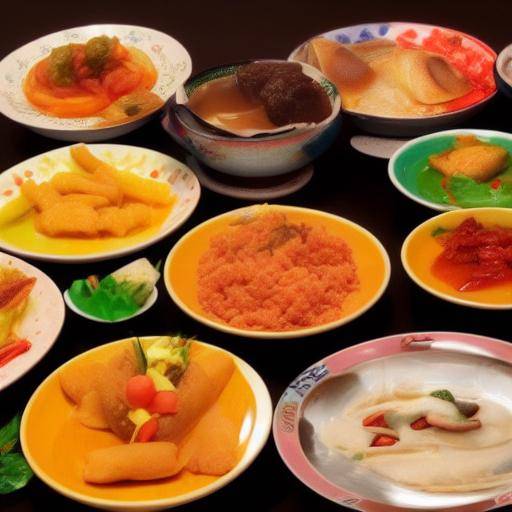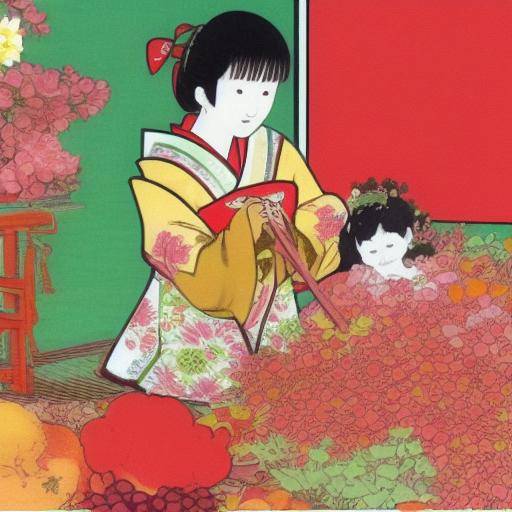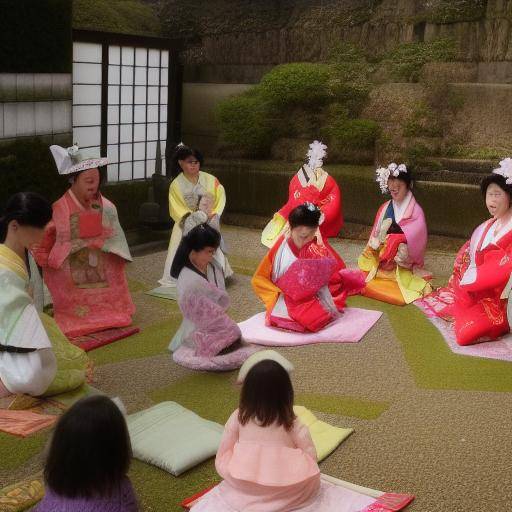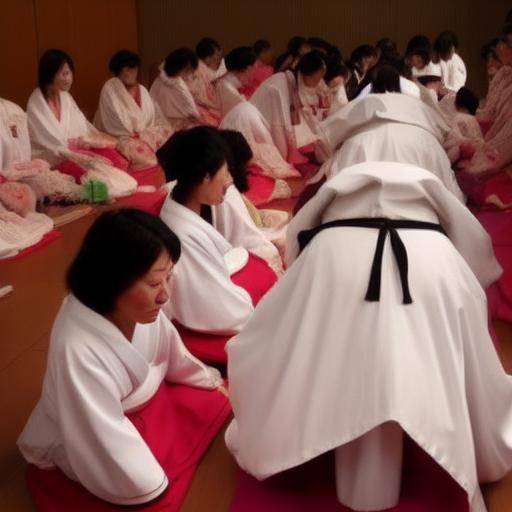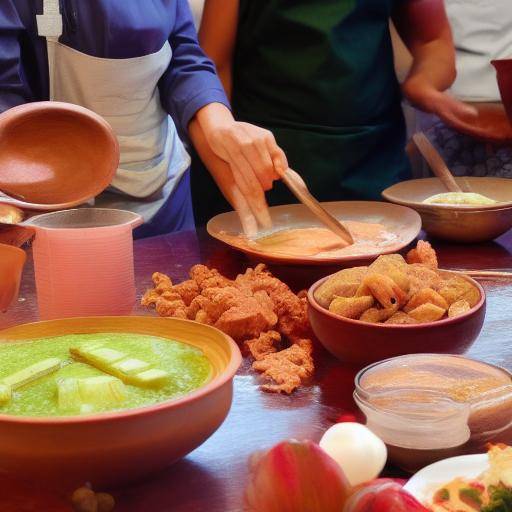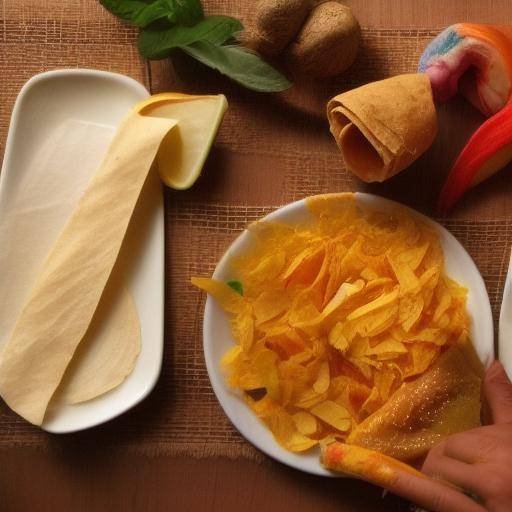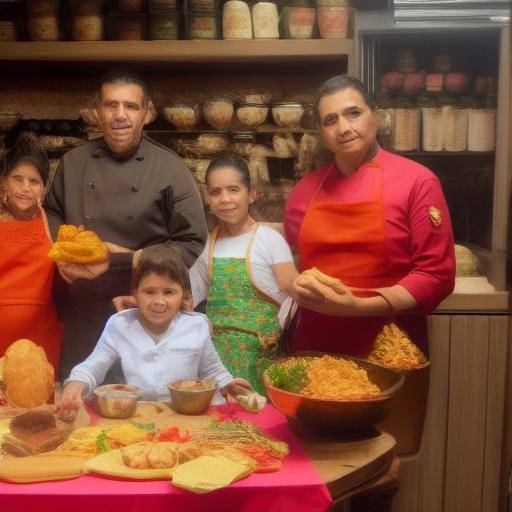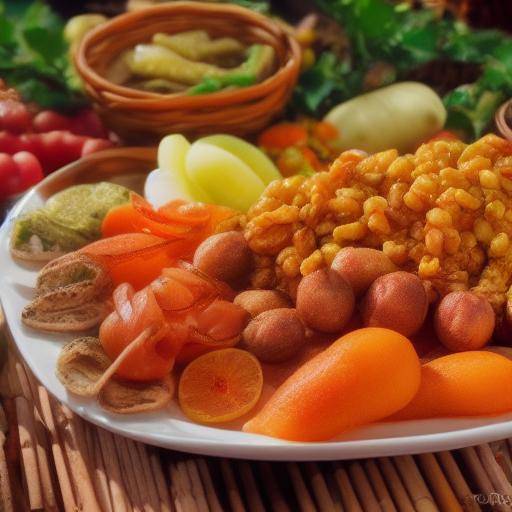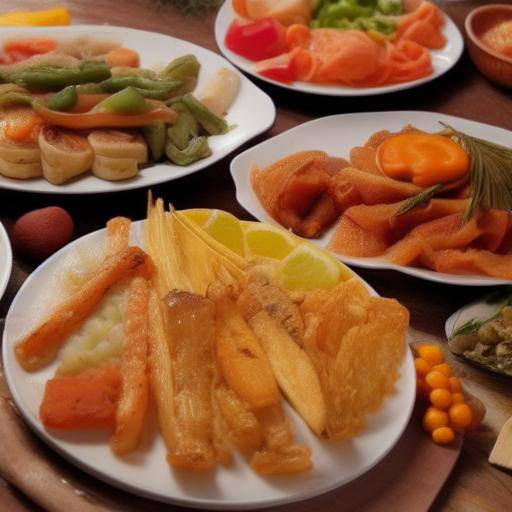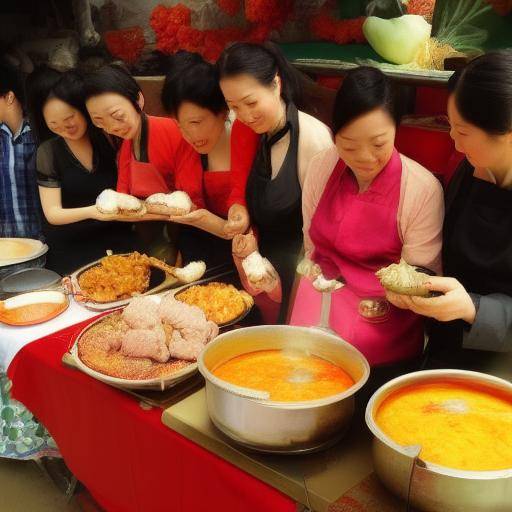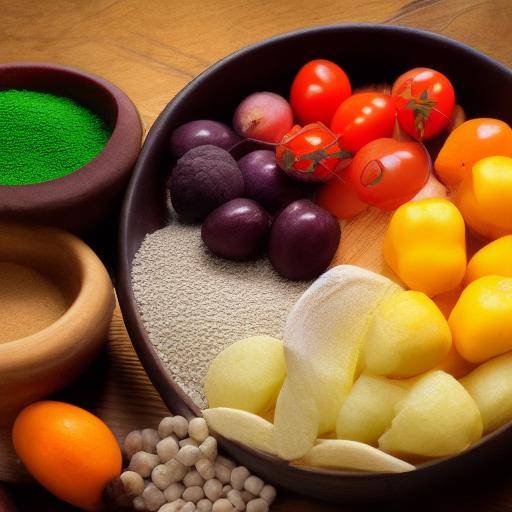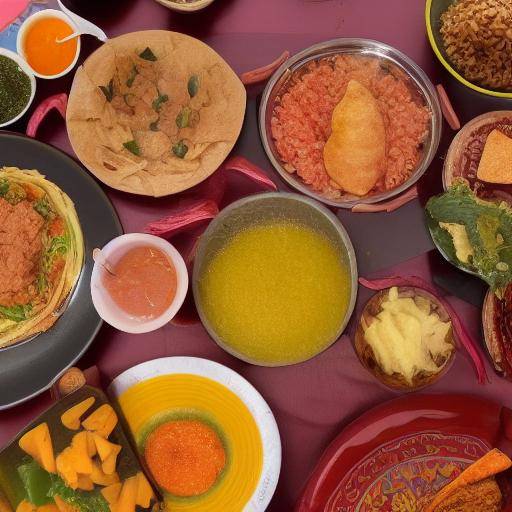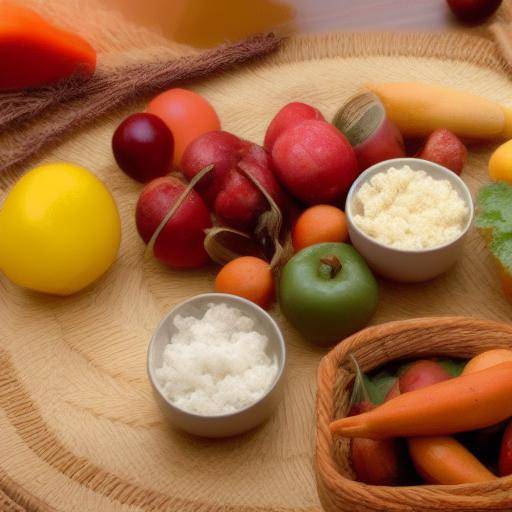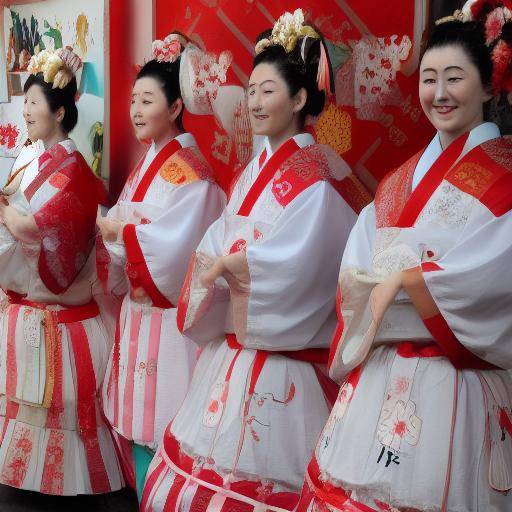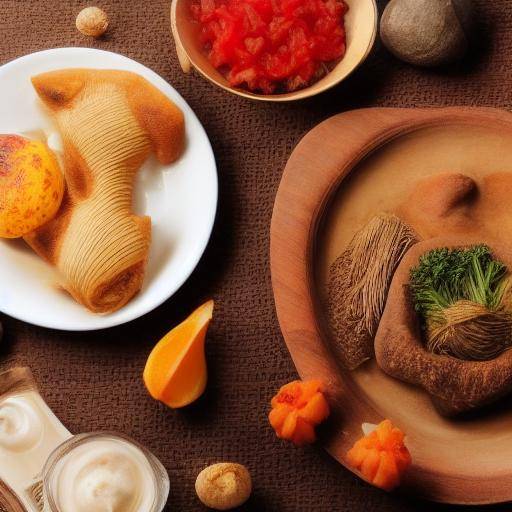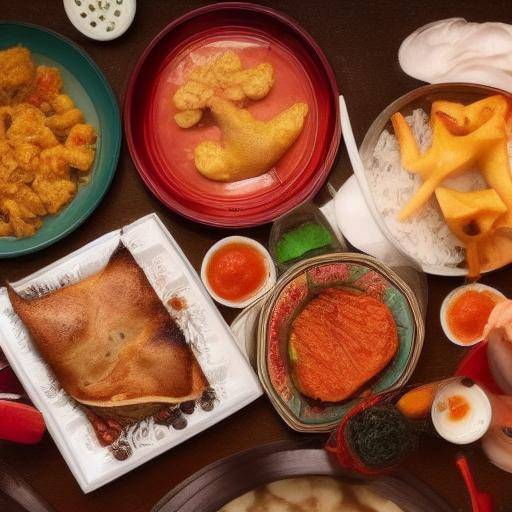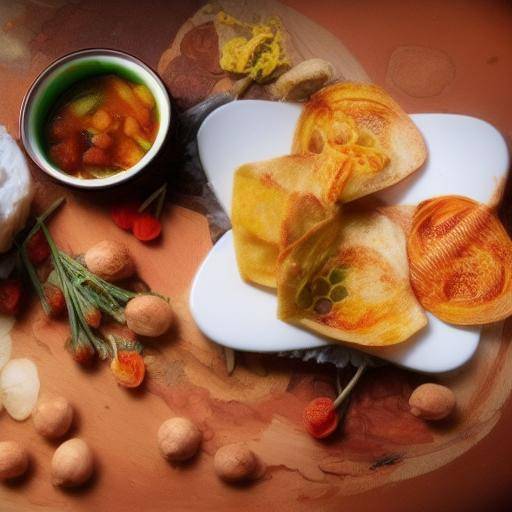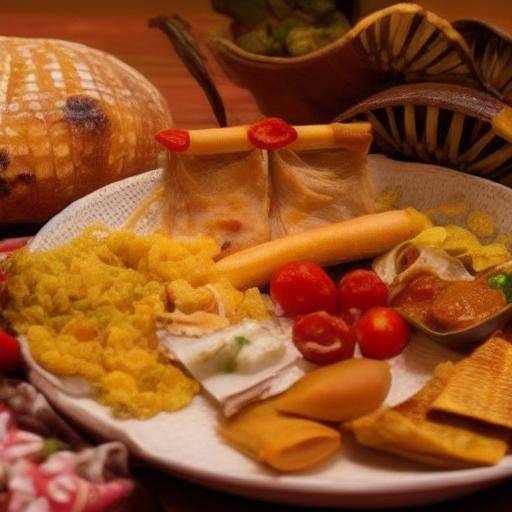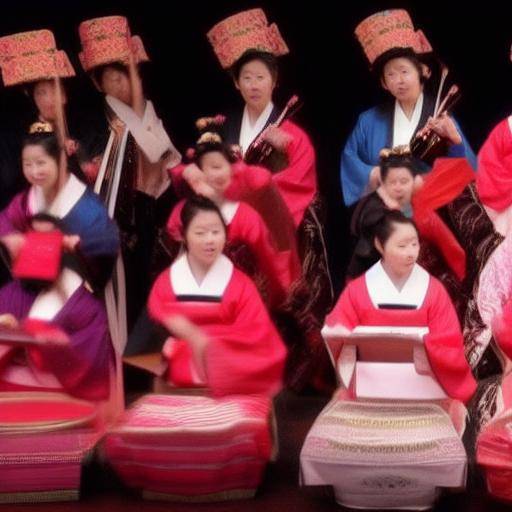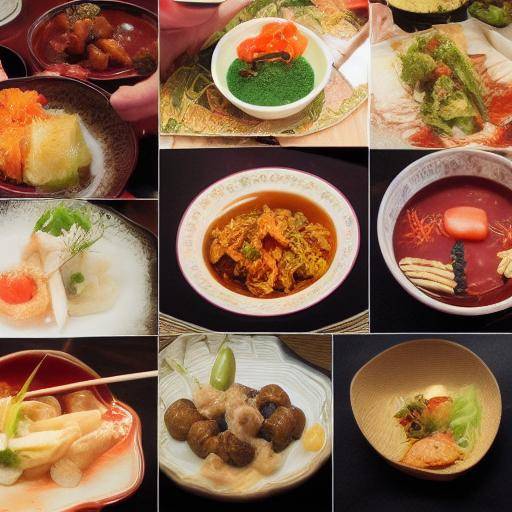
Japanese culinary is one of the most exquisite and appreciated traditions worldwide. Its dishes, culinary techniques and food rituals reflect a deep connection with nature, as well as a rich cultural history. In this article, we will explore culinary traditions in Japanese culture, from their ancestral origins to their impacts today. You will discover the variety of dishes, ingredients, and rituals that make Japanese food a unique experience. In addition, we will analyze the influence of this culture in international gastronomy and offer practical advice to enjoy and better understand this fascinating culinary tradition.
Introduction
Japanese cuisine has transcended borders and has become one of the pillars of Japanese culture that transcends borders and has become a culinary art appreciated worldwide. Its deep connection with nature and its focus on seasonality is reflected in the careful selection of ingredients, the refinement of preparation techniques and the aesthetic presentation of each dish. In addition, Japanese food is not limited only to satisfying hunger, but involves all senses and promotes harmony between body and spirit.
History and Origins of the Japanese Culinary
The history of Japanese food dates back centuries, marked by the influence of several cultures such as Chinese, Korean and Portuguese. However, Japan has been able to adapt these foreign influences and transform them into its own unique culinary expression. Throughout its history, a wide range of emblematic dishes have emerged that reflect the country's geographical and climatic diversity.
During the Jomon period, hunting, fishing and harvesting of wild vegetables were the main sources of food. With the advent of rice and the introduction of cultivation techniques such as terrace cultivation, agriculture became an essential part of Japanese subsistence. Later, during the Edo period, street food was popularized, leading to fast and tasty dishes that still persist today.
Culinary Techniques and Emblematic Plates
The preparation of Japanese food is an art in itself, characterized by precision, simplicity and respect for raw materials. Sushi, sashimi, tempura, ramen, okonomiyaki and teppanyaki are just some of the culinary creations that have conquered the palate of people around the world. Each region of Japan has its own culinary specialties, reflecting the variety of available ingredients and local preferences.
In addition, the art of the presentation, known as "kaiseki", not only seeks to delight the palate, but also to stimulate sight and smell. The dishes and decoration that accompany each dish are carefully selected to complement and enhance the colors and flavors of the food.
Influence in Global Gastronomy
Japanese food has left an indelible mark on international gastronomy, influencing culinary and nutritional trends around the world. The focus on fresh and minimally processed ingredients, as well as the aesthetic presentation of dishes, has inspired chefs and food lovers from around the world.
Japanese restaurants, from small bistros to luxurious establishments, have contributed significantly to the diversification of the culinary landscape in many countries. Also, the popularity of Japanese food has led to the adoption of traditional ingredients and techniques in contemporary cuisine, generating a fusion of unique and exciting flavors.
Tips to Enjoy Japanese Food
If you were to be full. The diversity of dishes and the depth of flavors in Japanese food offer a unique culinary experience that can enrich both the body and the spirit. Some tips to fully enjoy Japanese cuisine include:
- Explore the variety: Try different types of dishes, from sushi and sashimi to ramen and okonomiyaki, to experience the diversity of Japanese cuisine.
- Mental opening: Keep your mind open and ready to try ingredients and flavors that can be new to you. Japanese food offers a wide range of flavors, from subtle to bold.
- Respect for tradition: Take a moment to appreciate the history and crafts behind each dish. Japanese food is the result of centuries of refinement and culinary mastery.
- Sensory experience: Enjoy the aesthetic presentation and harmony of flavors on each dish. Note how colors, textures and aromas are combined to create a multi-sensory experience.
Conclusion
In short, culinary traditions in Japanese culture are a testimony to the rich history and deep connection with the nature of the Japanese people. From its ancestral origins to its impact on global gastronomy, Japanese food continues to delight and surprise people from around the world. In exploring this fascinating culinary tradition, we discover not only a wide range of delicious dishes, but also a philosophy rooted in the harmony between nature, body and spirit. It is not only a meal to satisfy hunger; it is an experience that nourishes the soul. With its respect for seasonality, simplicity and aesthetic presentation, Japanese food invites us to enjoy the beauty of the simple and to appreciate each ingredient in its purest form.
Frequently asked questions
1. What is the importance of seasonality in Japanese food?
Seasonality is essential in Japanese cuisine, as the fresh ingredients of each season are considered the most tasty and nutritious. This practice respects the natural cycle and promotes harmony with nature.
2. What are the fundamental ingredients in Japanese food?
Rice, fish, seafood, algae, vegetables, soy, tofu and noodles are essential ingredients in Japanese food, and each plays an important role in the preparation of traditional dishes.
3. What is the difference between sushi and sashimi?
Sushi is adjoining rice combined with different ingredients, such as raw fish, seafood or vegetables, while sashimi consists of fine slices of raw fish or seafood, served without rice.
4. What is the ritual associated with Japanese tea?
Japanese tea, particularly matcha, is associated with ceremonial practices involving tea preparation and presentation, which promotes serenity and respect for nature.
5. How does Japanese cuisine influence health and well-being?
Japanese cuisine focuses on fresh ingredients, low in saturated fats and high in nutrients, making it a healthy choice that is associated with a long life and good health.
6. What are the different regional styles of Japanese food?
Japanese food varies significantly from region to region, with distinctive styles such as Kansai's food, Okinawa soba, Kansai's sushi and sapporo ramen, each with their own characteristic techniques and flavors.
In conclusion, the Japanese culinary is a cultural gift that transcends borders. It invites a reflection on the relationship between human beings and nature, as well as to appreciate the simplicity in the richness of flavors. From the importance of seasonality to influence on health and well-being, Japanese food is much more than simple dishes; it is a culinary philosophy rooted in harmony and respect for nature. In understanding and appreciating these culinary traditions, we immerse ourselves in a gastronomic experience that goes beyond the palate, nourishing also the soul and the spirit.




